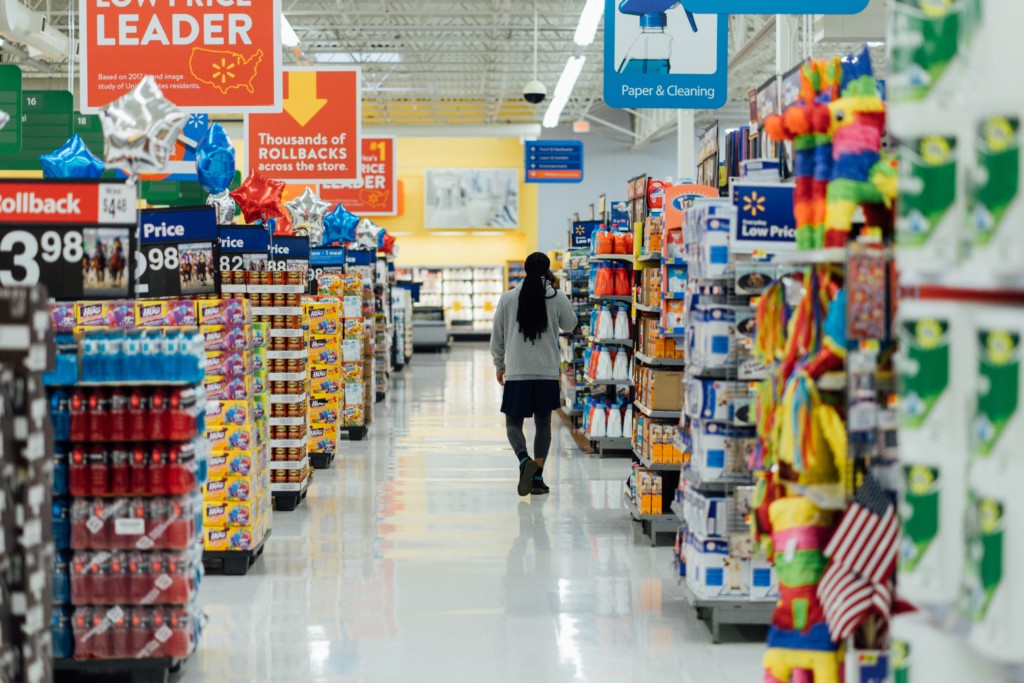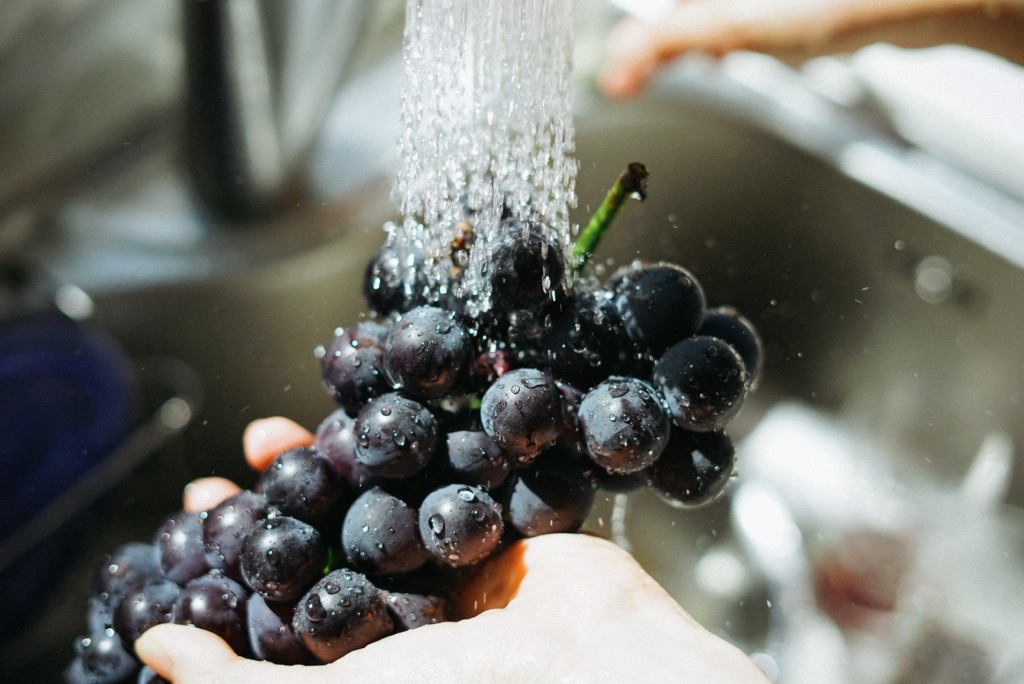PRAIRIE VIEW, Texas (April 3, 2020) – With the current ongoing COVID-19 pandemic, Americans are being constantly reminded of the personal hygiene measures they should take to keep themselves and others safe. But one area that many likely have not considered as highly is food safety and how it can affect the transmission of the virus.
According to Javad Barouei, Ph.D., a research scientist in Prairie View A&M University’s Cooperative Agricultural Research Center (CARC) and chair of PVAMU’s Institutional Biosafety Committee, the coronavirus is not expected to affect the food supply across the world and the U.S., and any impact should be low. This is because the coronavirus SARS-CoV-2 (which is causing COVID-19) is a respiratory virus, and foodborne exposure to this virus is not known to be a route of transmission. Additionally, according to the U.S. Food and Drug Administration (FDA), there is currently no evidence of food or food packaging being associated with the transfer of COVID-19, unlike foodborne gastrointestinal viruses like norovirus and the hepatitis A virus, which often make people ill through contaminated food.
However, there is a possibility that global and U.S. food supply will be effected through the shortage of workers in the food supply chain (production, packaging, storage, distribution, and retail), Barouei said.
“These people might be unable to work because they are sick with COVID-19, or because of the need to care for someone sick in their family or dependent children where schools or daycare facilities have closed,” Barouei said. “In turn, this might result in food shortages.”
As far as prevention tactics for food supply chain workers, they must take personal and workplace-enforced hygiene measures to help stop or slow the spread of the virus, Barouei said. “The public should be concerned and take good food safety habits seriously because the virus spreads easily and quickly, and there is currently no vaccine available to prevent it nor medicine to treat it.”
Another key prevention tactic is to avoid person-to-person contact with anyone you do not live with, as the virus is thought to spread mainly from person-to-person, Barouei said. This includes people who are in close contact with one another (within about 6 feet) and through respiratory droplets produced when an infected person coughs or sneezes. These droplets can land in the mouths or noses of people who are nearby or possibly be inhaled into the lungs. It may be possible that a person can get COVID-19 by touching a surface or object that has the virus on it and then touching their mouth, nose, or eyes.
Similarly, touching the food that has the virus on it may result in getting COVID-19. However, according to the CDC, because of the poor survivability of the virus on surfaces, there is likely a very low risk of spread from food products or packaging that is shipped over a period of days or weeks at ambient, refrigerated, or frozen temperatures. But the possibility is getting higher, if contamination with the virus happens shortly before the time of purchase or eating food, for example, if an infected person coughs or sneezes on produce, or someone who has the virus on his or her hands and touches the food.
In the meantime, you can reduce your exposure to high-risk environments, such as crowded grocery stores, by reducing the number of your trips to the store (for example, going from twice per week to once per week) and purchasing more food and other items you need in one trip. Barouei also recommends purchasing packaged foods that can be easily cleaned before opening, as well as washing produce in water (with no detergent or soap) before eating. And if you are concerned, cook your produce. According to the World Health Organization (WHO), the virus is probably killed by normal cooking temperatures. So, there is no need to cook food differently from what you typically do.
If you are experiencing COVID-19 symptoms (which can include fever, cough, fatigue, and shortness of breath), it is highly advised by the CDC to isolate yourself, Barouei said. This means you shouldn’t leave your home even to go to the grocery store, and you should also wear a face mask if you have to be around other people.
“Both sick and healthy people should practice good personal hygiene, washing their hands often with soap and water for at least 20 seconds at a time, especially after having been in a public place such as grocery store, or after blowing your nose, coughing, or sneezing,” Barouei said. “Hand sanitizer can be also used, but it must contain at least 60-percent alcohol to be effective.”
Barouei, who specializes in microbial food safety, microbial risk assessment, and host-diet-microbiome interactions, also urges everyone to avoid touching their eyes, nose, and mouth with unwashed hands, avoid close contact with people who are sick, and make an effort to put distance between yourself and other people if COVID-19 is spreading in your community.
“Research to develop a vaccine to prevent or medicine to treat COVID-19 is still ongoing, and testing, obtaining FDA approval, and starting the commercial production process may take a long time,” Barouei said. “So for now, the best way to prevent illness is to avoid being exposed to this virus by staying home as much as you can, keeping a safe distance, washing hands often and covering your mouth when you cough, according to WHO recommendations.”
Mahta Moussavi, Ph.D., a postdoctoral researcher in PVAMU’s Cooperative Agricultural Research Center, contributed to this report.
###
By Emilia Benton



